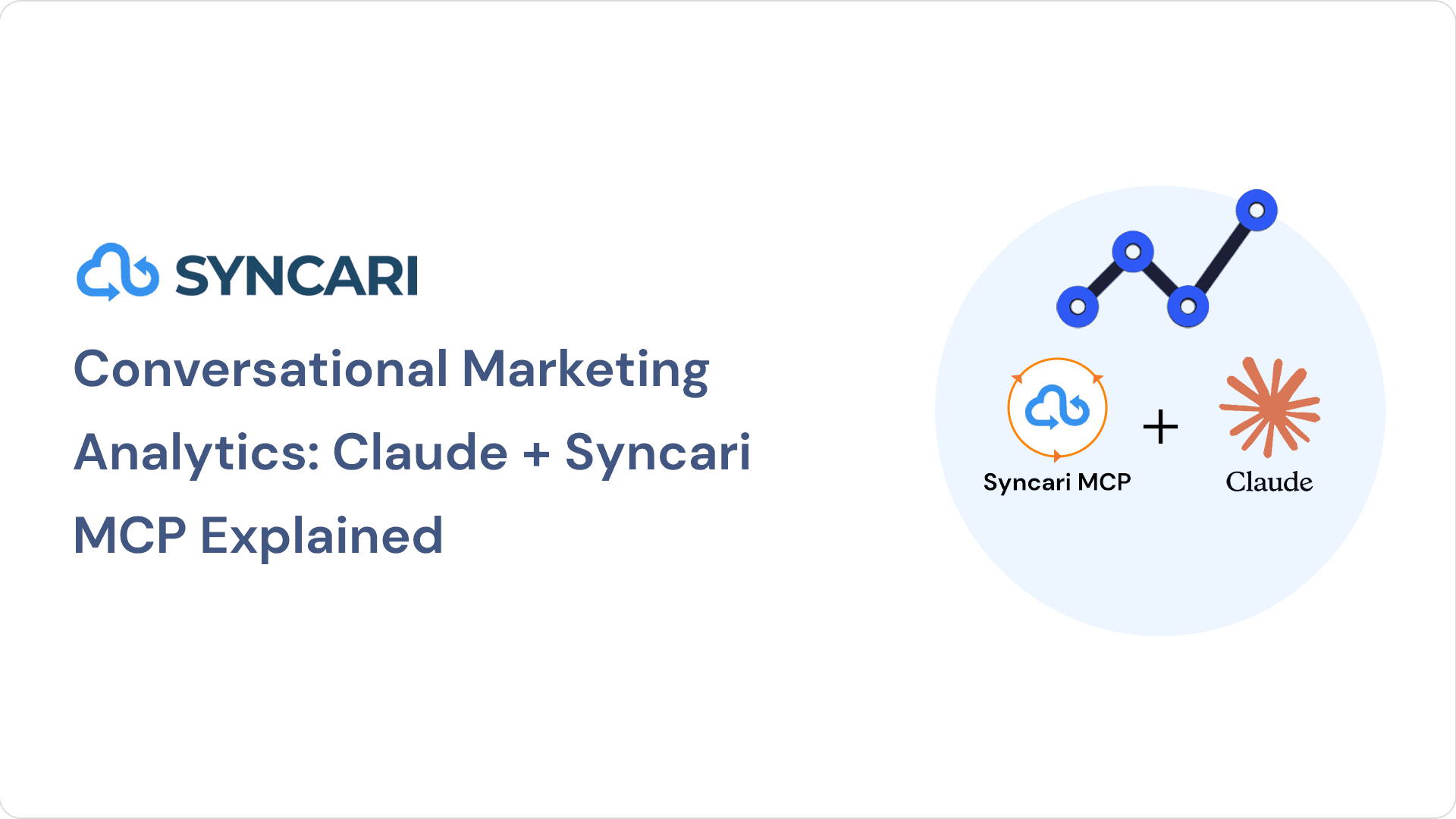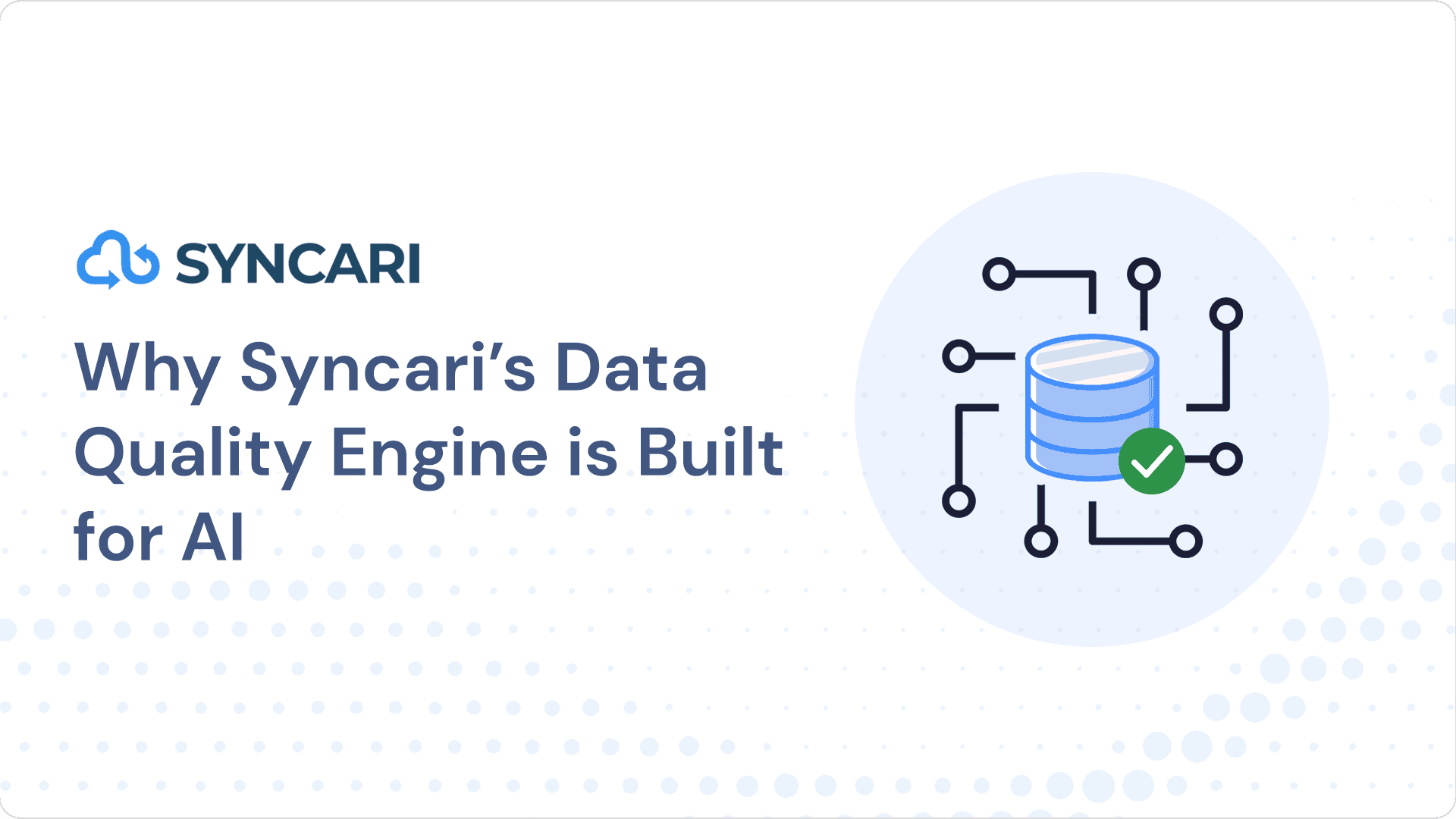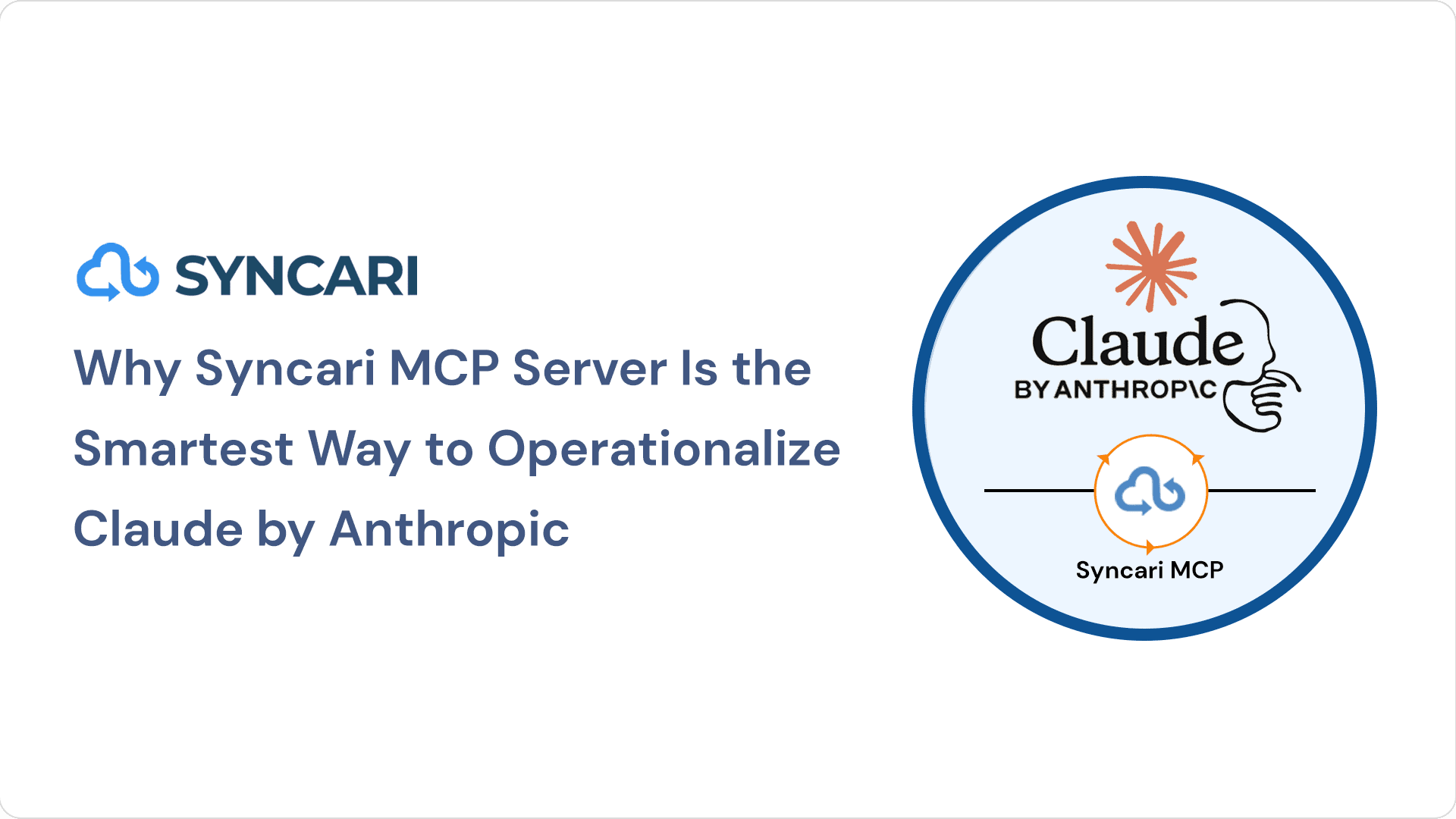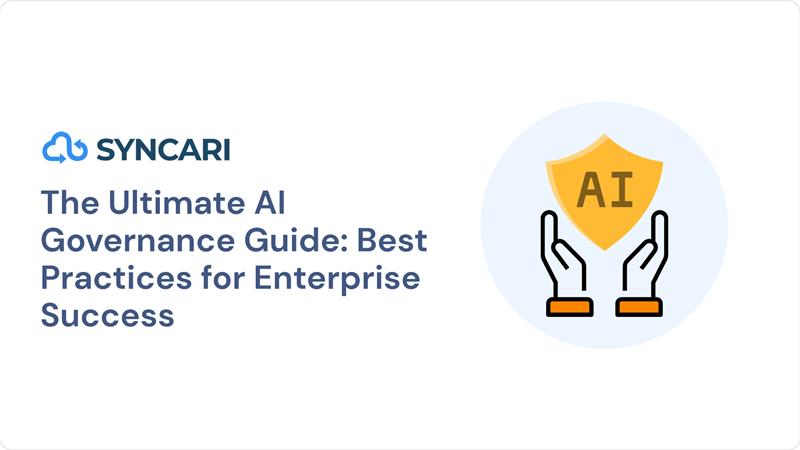In our current data-centric environment, data pipeline tools are indispensable for handling the mounting data from various sources. With the spike in data volume, businesses face the challenge of processing vast amounts of raw data. Data pipeline tools are central in converting this data into actionable insights.
This article explores the intricacies of modern data pipelines, from extraction to transformation, emphasizing the need for consistent data quality across data lakes and cloud data warehouses.
For data scientists, engineers, and business intelligence experts, a well-organized data pipeline architecture is vital. This guide accentuates the role of ETL pipelines in merging data from different sources and the importance of real-time processing.
Just as a compass is essential for a navigator, data pipeline tools ensure the precise and efficient movement of data. Join us as we discuss how these tools assist data pipelines in bridging the gap between data sources and analytics, dismantling data barriers, and providing a holistic view of organizational data.
What is a Data Pipeline?
A data pipeline is a system that efficiently collects, organizes, and moves large amounts of data from various sources, transforming it into useful insights for businesses to make informed decisions.
It’s like a well-organized conveyor belt that takes raw data from a source, cleans it up, integrates it, and stores it in a way that can be easily analyzed and used.
Imagine data pipelines as a super-efficient way to handle a massive flow of information. You can think of it as a well-organized system that takes raw data from various disparate sources, like different apps or databases, and transforms it into something more useful and structured.
Here’s a simple breakdown:
- Data Collection AKA Data Extraction : Picture yourself gathering puzzle pieces from different boxes. In the same way, data pipelines gather data from various places, like websites, apps, or even your social media feeds.
- Data Cleaning and Shaping AKA Data Transformation: Now, raw data can be messy, just like those puzzle pieces might have dirt or rough edges. Data pipelines clean and organize the data, getting rid of errors and making sure it’s in a consistent and useful format.
- Putting It All Together AKA Data Integration: After cleaning the puzzle pieces, you put them together to create the full picture. Data pipelines do something similar – they integrate all the cleaned data into one cohesive dataset, giving you a complete view.
- Storing for Later AKA Data Loading: Just like you frame your completed puzzle, data pipelines store the integrated data in a place where you can easily access it for analysis or decision-making.
- Automation AKA Automation and Orchestration: Instead of manually assembling each puzzle piece, data pipelines automate the whole process. It’s like having a robot that does all the hard work for you, making sure the data keeps flowing without any hiccups.
So, these pipelines help companies handle a huge amount of data efficiently, turning it into valuable insights and helping them make smarter decisions. It’s like a secret weapon that ensures businesses stay ahead in this data-driven world!
Why are Data Pipeline Tools Invaluable?
Data pipeline tools are crucial for efficient data management and analytics in modern data pipelines. These tools empower data engineers and scientists to extract data from various sources, including data lakes and cloud data warehouses, and handle the escalating data volume from sources like sensor data to historical records.
A robust data pipeline architecture ensures the fluid movement of data while maintaining consistent data quality. Through batch processing, streaming data, or ETL pipelines, raw data is transformed into valuable business insights. By integrating data from disparate sources and breaking down data silos, data pipeline tools facilitate seamless data extraction, transformation, and loading into data stores.
Well-organized data pipelines enable analysts to conduct exploratory data analysis and data visualizations, translating vast data points into actionable business intelligence in the vast landscape of big data.
Data Pipeline Definition and Architecture
Data Pipelines and Their Importance
Data pipelines play a critical role in modern organizations. As businesses rely more heavily on data for decision-making, the importance of being able to effectively gather, process, and analyze data has never been higher.
Whether it’s generating insights from customer behavior to tailor marketing efforts, predicting future sales, or detecting fraudulent activities, modern data pipelines are the backbone of these operations.
Key Components of a Data Pipeline Architecture
The architecture of a data pipeline typically consists of several key components:
- Data Sources: These are the various places where your data originates from. It could be databases, software applications, data streams, or even flat files.
- Data Ingestion: This is the process of gathering and importing data from the sources into the pipeline.
- Data Processing: The ingested data is often raw and unprocessed. The data processing stage involves cleaning, validating, and transforming this data into a format that’s useful for analysis.
- Data Storage: After processing, data is stored in a format and location that allows for easy access and analysis. Examples of data storage: relational databases, noSQL databases, data lakes, data warehouses, object storage, distributed file systems, etc.
- Data Analysis and Consumption: The final stage where the processed data is used for various business purposes like reporting, visualization, machine learning, or decision-making.
Benefits of Adopting a Robust Data Pipeline System
Adopting a robust data pipeline system offers numerous benefits:
- Efficiency: A well-designed data pipeline automates the entire process of data collection, transformation, and storage, reducing manual work and the risk of errors.
- Scalability: They are designed to handle varying volumes of data, from small datasets to large streams of real-time data, allowing businesses to grow without worrying about data infrastructure.
- Consistency: By enforcing the same data processing steps, pipelines ensure that all data is treated consistently, leading to more reliable and trustworthy insights.
- Insight generation: With readily available and consistently processed data, businesses can generate insights faster, leading to quicker decision making and a competitive advantage.
Overview of Cloud Data Pipelines and Their Advantages
In recent years, cloud data pipelines have become increasingly popular. These pipelines leverage the power of cloud computing services to process and store data.
There are several advantages to using cloud data pipelines:
- Reduced Cost: With cloud-based pipelines, businesses do not need to invest in expensive on-premise hardware and maintenance.
- Easy Scalability: Cloud services can quickly scale up or down based on data volume, allowing businesses to pay only for what they use.
- Enhanced Security: Cloud providers often have robust security measures in place to protect data, including encryption and secure access controls.
- Improved Accessibility: Data in the cloud can be accessed from anywhere, allowing for remote work and global collaboration.
Data pipeline architectures form an integral part of any data-driven business strategy, enabling organizations to gather, process, and analyze data efficiently and consistently.
And with the advent of cloud computing, setting up and maintaining these data pipelines tools has become more accessible and cost-effective than ever before.
The Data Pipeline Process: A Step-by-Step Guide
Navigating the process of setting up and managing a data pipeline can seem daunting. Here’s a step-by-step guide to the key stages of the data pipeline process, making it easier to understand and execute.
1. Data Extraction: Gathering Information from Diverse Sources
The first step in the data pipeline process is data extraction. This involves gathering data from diverse sources, which could range from databases, webpages, APIs, and even text files.
Each source will have a unique structure and format, and data extraction processes should be tailored to correctly access and pull data from each of these.
It’s worth noting that in some cases, especially for real-time data streams, this step may require specialized tools or systems to manage the velocity and volume of incoming streaming data.
2. Data Transformation: Cleansing, Enriching, and Preparing Data
Once the data is extracted, the next step is data transformation. This is where the raw data is cleaned and prepared for further analysis. Data cleansing involves removing duplicates, dealing historical data with missing values, and correcting erroneous data.
After cleansing, data is enriched and prepared by converting it into a consistent format suitable for analysis. This could involve everything from converting data types and renaming columns to more complex operations like generating new data columns based on existing ones or encoding categorical variables.
3. Data Integration: Merging and Unifying Data from Multiple Sources
Data integration is a critical step that follows data transformation. Data from different sources often needs to be merged into a unified dataset that can be analyzed holistically.
This process must be carefully managed to maintain data integrity and to avoid conflicts or inaccuracies moving data. This could involve resolving conflicts between different data types, merging fields based on common keys, or aggregating data at a particular level of granularity.
4. Data Loading: Storing Processed Data into Target Systems
After the data has been transformed and integrated, it’s time to further extract, transform and load it into a target system for storage. This could be a data warehouse, a data lake, or a specific analytical tool.
The nature of the target system depends on the needs of the organization and the specific use cases for the data. The loading process should ensure that data is stored efficiently and that it’s easy to retrieve and use for analysis.
5. Automation and Orchestration: Enhancing Efficiency and Reliability
The final step in this process is automation and orchestration. This involves setting up the pipeline to run automatically at set intervals, or in response to certain triggers. Automation saves time and reduces the risk of errors or inconsistencies in data processing.
Orchestration refers to the coordination of the different stages in the pipeline, ensuring that they execute in the correct order and managing dependencies between tasks.
A well-orchestrated pipeline can handle errors or delays in one stage without disrupting the entire process, enhancing the reliability of the pipeline.
The data pipeline and process data that, while complex, is essential for any data-driven organization. By following these steps – data extraction, transformation, integration, loading, and automation/orchestration – businesses can ensure they have a robust, efficient, and reliable system for processing and analyzing data.
Exploring Data Pipeline Tools and Software
To implement a data pipeline effectively, you need the right tools and software. This section explores the data pipeline solutions available and the role they play in facilitating a seamless data flow.
Evaluating the Landscape of Data Pipeline Solutions
The current market offers an array of data pipeline solutions, ranging from open-source frameworks to comprehensive, enterprise-level platforms. The choice of a suitable tool depends on the specific needs and requirements of your business.
Key considerations include the scale of data sets you need to process, the level of customization required, the complexity of the transformations, and the need for real-time processing.
In the open-source domain, data pipeline tools like Apache Beam and Apache Airflow offer flexibility and a robust set of features for managing data pipelines.
On the commercial side, providers like Google Cloud Dataflow, AWS Glue, and Microsoft Azure Data Factory offer integrated, cloud-based solutions that provide scalability and ease of use, often with additional features such as data governance and security.
Understanding Different Data Pipeline Software
Let’s delve a bit deeper into the different types of data pipeline software:
Batch Processing Systems like Apache Hadoop are designed to handle large, static datasets. They perform transformations on a scheduled basis, which is ideal for scenarios where real-time data processing isn’t required.
Stream Processing Systems such as Apache Kafka or Apache Flink are designed to handle continuous data streams. They are ideal for real-time data analytics and decision-making.
Workflow Management Systems like Apache Airflow and Luigi manage the scheduling and orchestration of tasks in a data pipeline, ensuring that the different stages execute in the right order and managing dependencies.
ETL Tools like Informatica and Talend are comprehensive solutions that cover the entire Extract, Transform, Load process, often including features like data quality checks and data governance.
The Role of Data Pipes in Seamless Data Flow
Data pipes are the conduits that connect the various stages of a data pipeline. They ensure a seamless flow of data from the source to the destination. The efficiency, speed, and reliability of these data pipes are critical to the performance of the pipeline.
Software tools help manage these data pipes, monitor data stream flow, and handle issues like backpressure and data loss, ensuring a smooth and reliable data pipeline.
Advantages of Pipelining Data for Your Business
The use of data pipeline tools and software offers several advantages:
- Automation: These tools automate the process of data extraction, transformation, and loading, saving time and reducing the chance of human error.
- Efficiency: Data pipeline tools provide features to optimize the processing of data, such as parallel processing and partitioning, making your data pipeline more efficient.
- Scalability: Data pipeline tools can handle growing volumes of data, and cloud-based solutions can scale up or down based on demand, ensuring your pipeline can adapt to your business needs.
- Reliability: These tools often include features for error handling and recovery, ensuring that your pipeline is robust and reliable.
Data pipeline tools and software are key enablers in managing complex data flows. They help automate, optimize, and manage your data pipelines, turning raw data into valuable insights for your business.
A Real-Life Data Pipeline Example
Case Study: Solving Data Silos with Syncari
In May 2020, a groundbreaking merger took place between Apttus, a leader in quote-to-cash solutions and business intelligence, and Conga, a leader in digital document transformation.
The goal was to create a comprehensive digital transformation solution for commercial operations, bringing together two powerhouses in the industry.
To achieve this, the operations teams in sales and marketing faced a significant challenge: unifying siloed data, processes, and technology to establish a complete view of “The New Conga” within just 12 months.
The Operations teams at Conga were tasked with integrating their distinct technology stacks and unifying their data, while also addressing challenges such as dropped leads from the marketing stack flowing into the CRM and limitations in Lead to Account and Opportunity conversions, affecting sales effectiveness.
Furthermore, the loss of campaign and activity data in the CRM made it impossible to have data engineers achieve full-funnel reporting.
How Syncari Empowered Conga Company to Optimize Data Flow
In their quest to overcome these challenges, Conga’s operations professionals sought a solution that would have IT’s approval without requiring time-constrained IT resources. They evaluated various options, including point solutions for Lead to Account Matching, data integrity, and workflow automation.
The team explored custom integrations with different data providers, such as ZoomInfo, DiscoverOrg, InsideView, and D&B. Ultimately, they found the ideal fit in Syncari—an intuitive, no-code platform that offered completeness and the promise of extremely fast time to ROI.
Syncari provided Conga with the tools to unify, clean, and manage cross-system data seamlessly. The team centralized multi-vendor enrichment, significantly improving data quality, segmentation, and targeting across Marketo and Salesforce in near-real-time.
Missing lead activity data was appended to opportunity records, effectively addressing gaps in full-funnel reporting. With Syncari, interconnected workflows and reporting were automated, streamlining processes and ensuring consistent data quality and consistency.
Key Results Achieved with Syncari’s Data Pipeline Solution
The impact of Syncari’s data pipeline solution was truly transformational for Conga:
- 4x Faster First Response Time: With automated workflows and lead routing, Conga’s first response time saw an impressive fourfold improvement. Prospects were connected with the right representative promptly, enhancing customer experience and accelerating sales cycles.
- 50+ Custom Integrations Eliminated: Syncari’s comprehensive capabilities replaced the need for numerous custom integrations, streamlining data management and reducing complexity within the tech stack.
- $625k Projected Year 1 Cost Savings: By leveraging Syncari’s user-friendly platform that didn’t require significant IT resources, Conga projected substantial cost savings in the first year, allowing the team to focus on other key initiatives.
By successfully harnessing Syncari’s data pipeline solution, Conga’s operations teams achieved remarkable outcomes, breaking down data silos and fostering a harmonious GTM tech stack.
Syncari’s powerful capabilities empowered Conga to optimize data flow, making data management a seamless, agile, and efficient process.
In the dynamic world of business operations, the ability to unify and leverage data efficiently is a game-changer. As a result of the successful partnership with Syncari, Conga is now equipped to take on new go-to-market initiatives with unparalleled agility, paving the way for continued growth and success in the industry.
Syncari: The Game-Changer in Best Data Pipeline Tools
What is Syncari?
Syncari is a cutting-edge platform designed to seamlessly connect data stores, clean, and manage data across an organization’s entire tech stack.
With its unique approach, real-time data synchronization, and AI-powered insights, Syncari empowers businesses to optimize their data flow and unleash the full potential of their information resources.
Understanding Syncari’s Unique Approach to Data Pipelines
In the ever-evolving landscape of data management, businesses face the critical challenge of unifying and maintaining data integrity across multiple systems.
As organizations grow and adopt various software applications to manage their sales, marketing, customer support, and other operations, data silos become a common hindrance to efficient and accurate data flow.
Traditional data pipeline solutions often require extensive IT resources, custom integrations, and complex workflows, making data management a laborious and time-consuming process.
Enter Syncari—the revolutionary game-changer in data pipeline tools. Syncari takes a unique and innovative approach to data pipelines, empowering businesses to seamlessly connect, clean, and manage data across their entire tech stack.
The key to Syncari’s success lies in its ability to automate data unification and normalization, making it an indispensable asset for modern businesses aiming to optimize their data flow.
Features That Set Syncari Apart from Traditional Solutions
No-Code Platform
Syncari is designed with simplicity and user-friendliness in mind. Unlike traditional solutions that often require coding expertise, Syncari offers a no-code platform, allowing business users and operations teams to effortlessly configure and manage data pipelines without relying on IT resources.
Real-Time Data Sync
With Syncari’s real-time data synchronization, businesses can ensure that data across all systems is up-to-date and consistent.
Changes made in one system are automatically propagated to others in real-time, reducing delays and discrepancies.
Custom Actions and Workflows
Syncari’s custom actions feature empowers users to design tailor-made workflows that suit their specific business needs.
From lead routing and opportunity assignment to sentiment analysis and personalized communications, Syncari enables seamless automation across different stages of the customer journey.
Data Quality and Governance
Syncari places utmost importance on data quality and governance. The platform offers data cleansing and enrichment capabilities, ensuring that data remains accurate, reliable, and compliant with privacy regulations.
AI-Powered Insights
Syncari’s AI capabilities, such as ActionGPT, bring intelligence to data pipelines. AI prompts and natural language processing enable quick and efficient decision-making, while AI-powered data quality rules normalize and enhance data seamlessly.
Customer Success Stories and Testimonials
Syncari’s impact on businesses is not just theoretical; it’s backed by real success stories and glowing testimonials from satisfied customers. Companies across industries have experienced unprecedented efficiency and productivity gains by leveraging Syncari’s data pipeline tools.
From streamlining complex data integrations to improving response times and gaining insights into customer behavior, Syncari’s transformative influence is evident in the experiences of its customers.
- Inkling Accelerates Revenue Growth With Unified, Trusted Data
- Hyland Unifies Data Across Their Tech Stack with Syncari
- Dooly Achieves Full Product Data Visibility With Syncari
The Syncari customer success stories and testimonials showcase the platform’s ability to overcome data management challenges, break down silos, and enable organizations to unleash the full potential of their data.
These real-world examples stand as a testament to Syncari’s ability to transform data and to revolutionize data pipeline management and drive business success.
Syncari stands at the forefront of the data management revolution, redefining how businesses handle their data pipelines. With its unique approach, no-code platform, real-time data sync, and AI-powered insights, Syncari sets itself apart from traditional solutions and opens up a world of possibilities for organizations seeking to optimize their data flow.
The success stories and testimonials from satisfied customers further solidify Syncari’s position as the game-changer in data pipeline tools, empowering businesses to thrive in the modern data–driven era.
[ Related: Syncari Customer Stories ]
Conclusion
Embrace the Power of Data Pipelines with Syncari – Data pipelines are the backbone of modern business success, breaking down silos and unifying systems for data-driven decision-making. Syncari stands as a game-changer in this realm, streamlining processes seamlessly with its unique approach, no-code platform, and AI-powered insights.
Unlock the true potential of your data with Syncari’s real-time synchronization, custom actions, and data quality governance. Seamlessly connect systems, cleanse and enrich data, and gain actionable insights.
Empower your teams to make informed decisions, enhance customer experiences, and stay ahead in the competitive landscape.
With Syncari, your data becomes a harmonious symphony, driving growth, innovation, and operational efficiency. Embrace Syncari today and propel your business towards a future of data-driven excellence.



